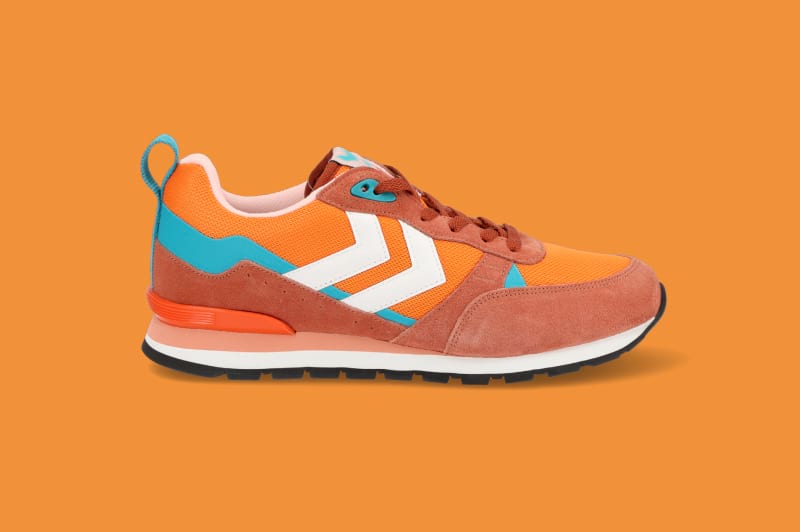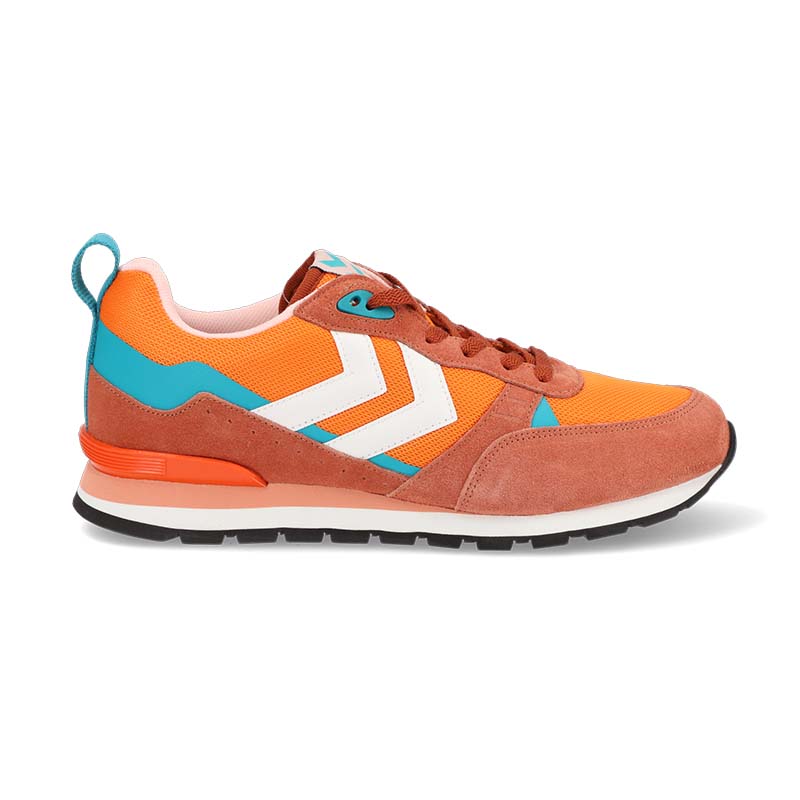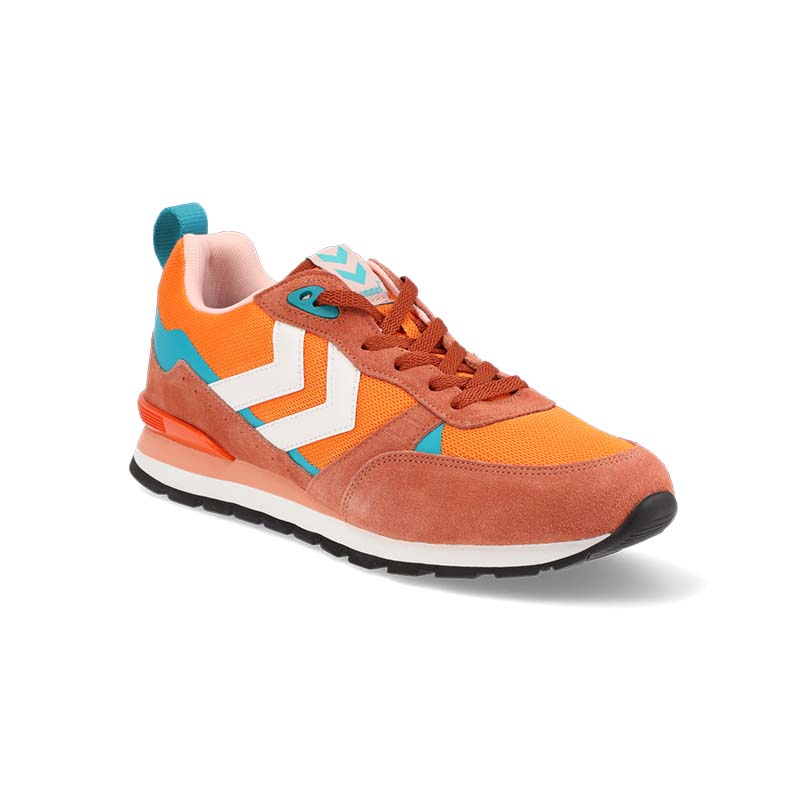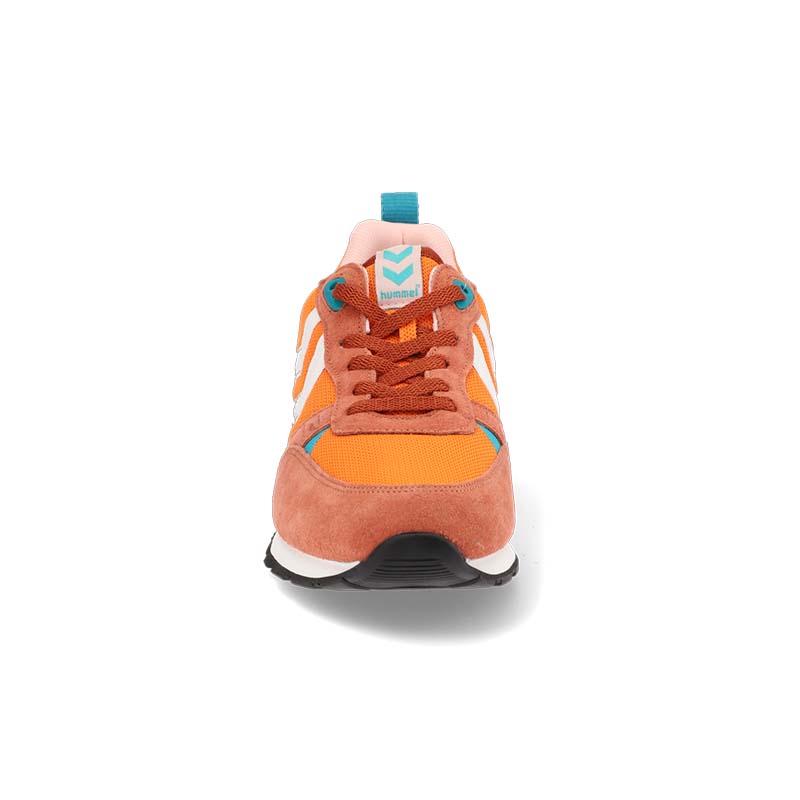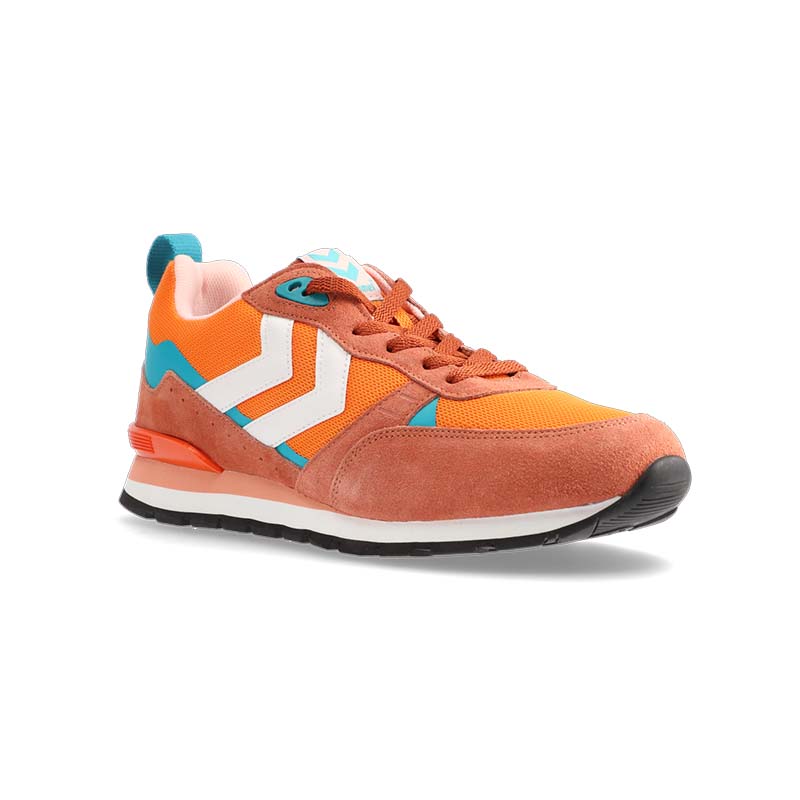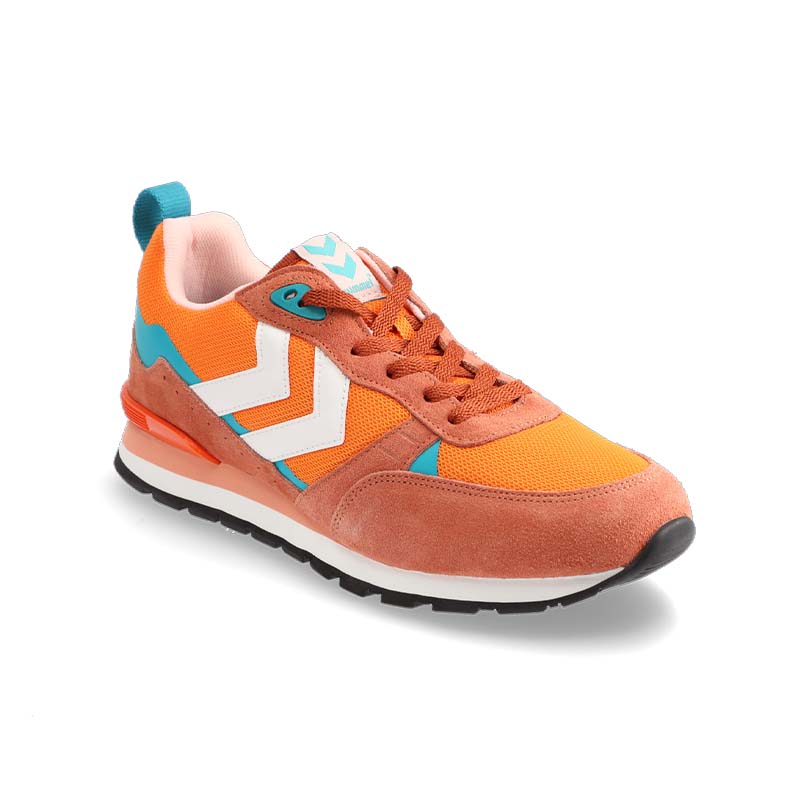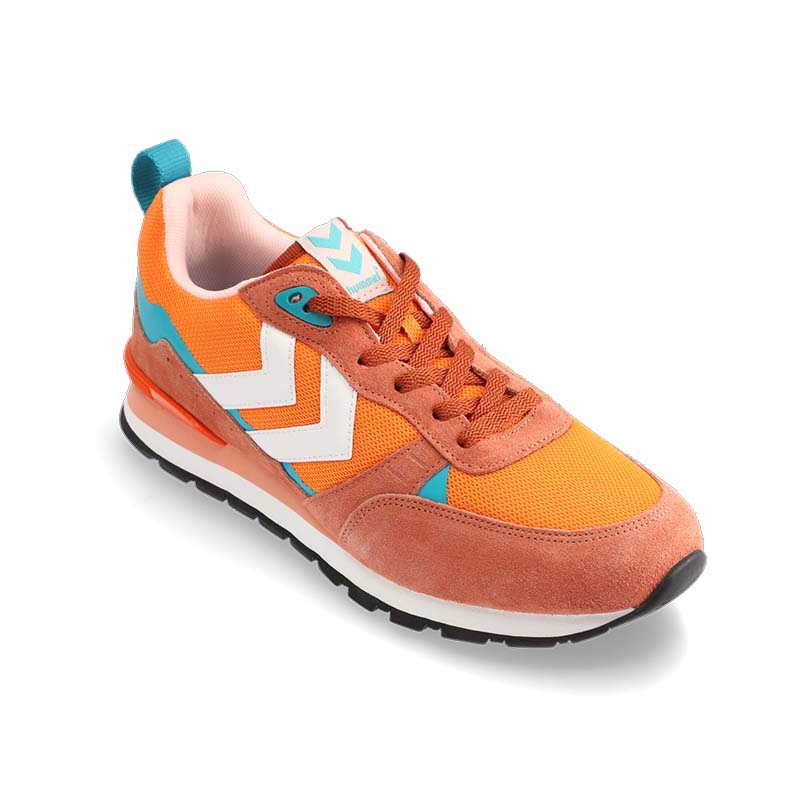Footwear Product Photography - How To Photograph Shoes
You walk, you run, you use shoes. They are one of the key products in a life full of movement. Anyone who tried to buy shoes online will be aware how important product photography is for successful purchase decisions. For sellers, it will be important as a means to show difference from the competition and boost conversions. In our quick guide on how to photograph shoes like a pro, we provide all the necessary information to start photographing shoes now.
Footwear Product Photography - How To Photograph Shoes
Lookbook or packshot?
Shoe photography borders on both product and fashion photography. It will have some most characteristic features of the former one and space for creativity characteristic for the latter. You can set sight on photos for online auctions and selling platforms that have a uniform background or try to organize lookbook sessions with varied backgrounds and interesting surroundings.

Packshot
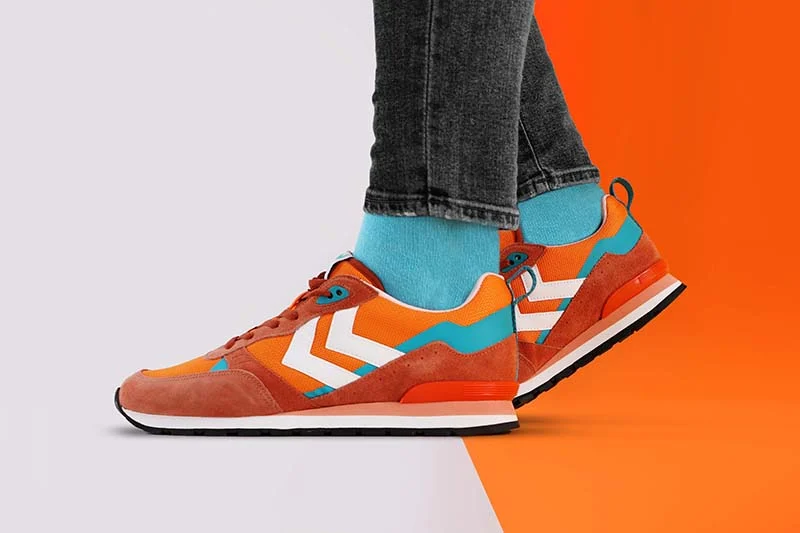
Lookbook
Lookbook shoe photography
Both styles of shoe photography will prompt the potential customer to buy, however in different ways, depending on where they are used. Lookbook photography is meant to draw the look of the viewer, to work as professional art works – by offering something different, new, interesting.
It can also act as distraction – in an Instagram feed or as an online Google Ads advert. Have you noticed the new trend to mark shoe photos with the tag #shofie? It is exactly the lookbook style photography that you will find collected under this trendy umbrella hashtag.
It might be useful to take directions from what is published there, if you sell shoes via Instagram and social media channels. You wouldn’t be satisfied with a gallery full of stylish shoes on white backgrounds only, would you? You can assume that your customers will have the same approach and be more inclined to buy, if the presentation is attractive and vibrant.
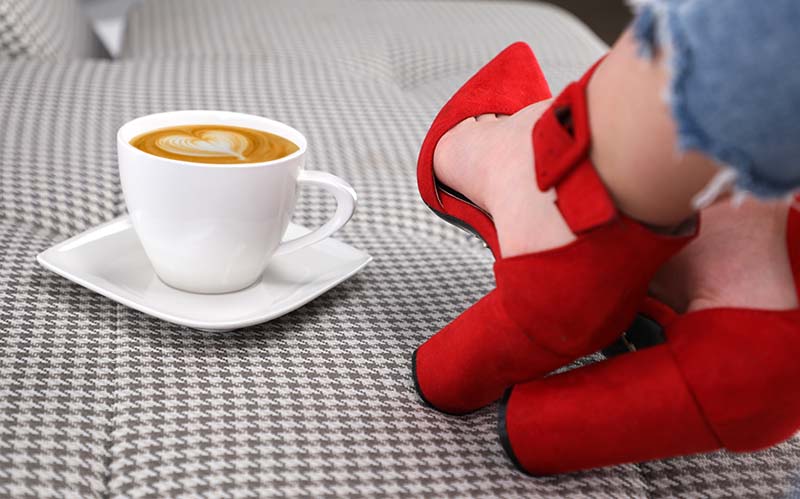

Packshots of shoes
Platforms like Amazon or Allegro present a different challenge for footwear photography. Images with uniform white background and informative angles (i.e. packshots) are among their requirements for a listing. There is little room for Instagram-style creativity.
Packshots of shoes will acquaint you with post-production and background cutting. This means drawing a clipping path in Photoshop or using technologies that we described in our article about background removal.
Furthermore, shoes will have to be presented in an informative, neutral manner. Exposition of details, truthful colors, and visible texture will be key to shooting a good packshot of a pair of shoes.
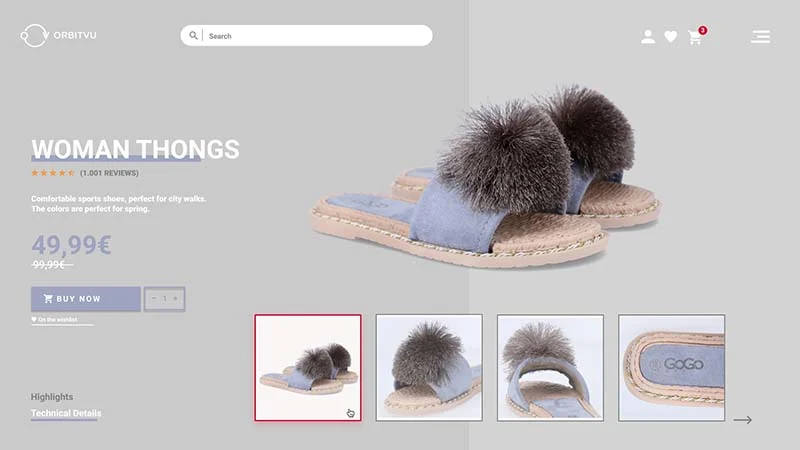
You will need to consider special angles for exposing laces, logos, and material creases. Even light will help with general view photos, while for clear texture presentation you will apply light at an angle to create meaningful shadows. Very often a top view photo will be of value to customers and why not a look from the bottom?
General tips for footwear photography– repeatability is key!
In footwear photography it is important to keep the repeatability of shots. If all of your shoes are photographed at similar angles, your shop will look consistent and professional.
Different angles that are most used include: right side view, back view, and 45 degrees view. Any additional photos will bring more information and it is always worth-considering to introduce rich media – product videos, 360 degree spins, and virtual tours.
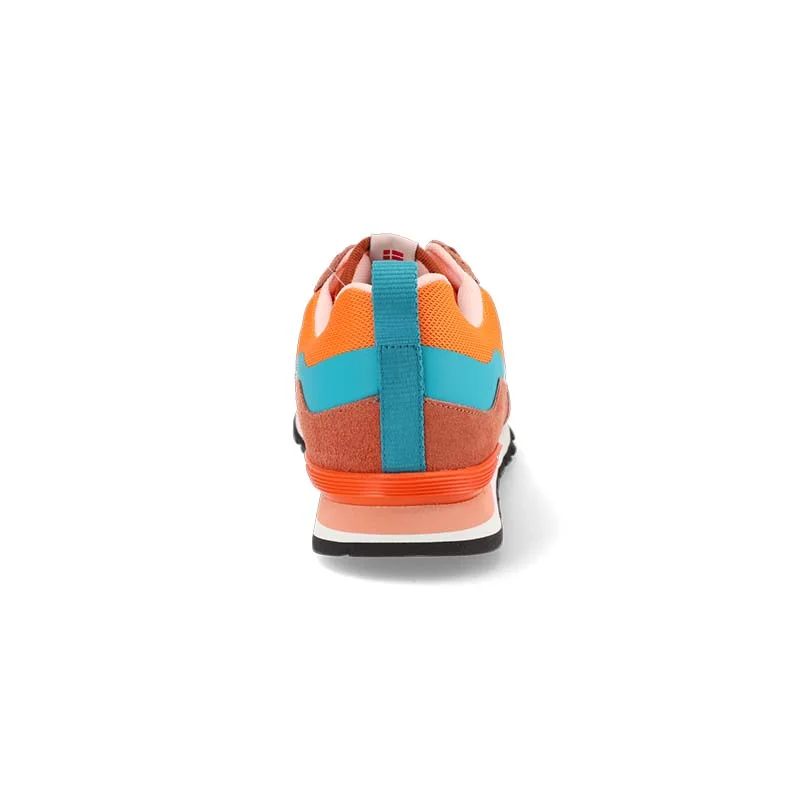
Back view

View from above
The look of your homepage will also depend on the main images of shoes you keep for the product pages. You will often want to present a set of miniatures and it is then that their consistency will matter.
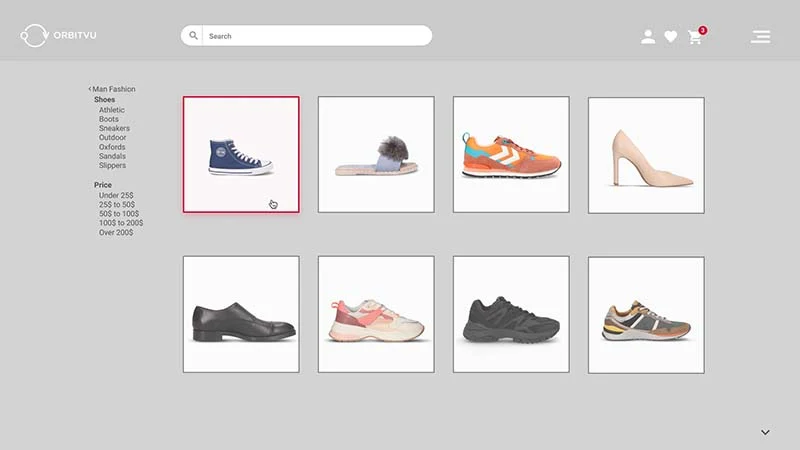
Now, take a look at how low repeatability of shots can ruin the readability and aesthetics of a shoe gallery.
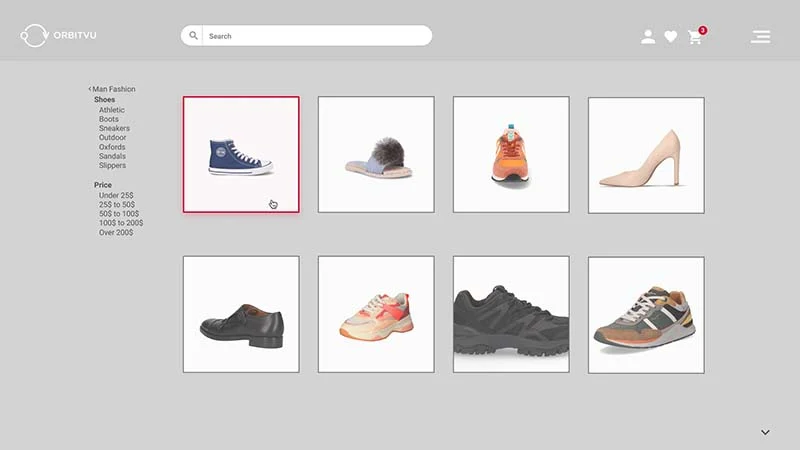
How to achieve repeatability?
Achieving repeatability is about both your photographing technique and studio parameters. You will be best equipped to shoot identically set photos, if you have an unmovable studio at your disposal.
Then, you do not move the lights and the cameras, and, if supported with lighting notes, you can arrive at a routine of studio setup that will guarantee repeatability.
Another way is to employ photo process automation. With devices like those from Orbitvu, you will be able to store the studio parameters (lighting, angles, post-production) in copyable templates.
Photography automation will reduce the space needed for a good setup and remove the burden of precise drawings in case the studio needs to be moved. Should you wish to multiply the throughput of your shoe product photography, you can just add another automated studio, replicate the parameters with a few clicks, and enjoy the high repeatability of shots.
How to prepare for a shoe product photography session
The product you photograph should be prepared as best you can. Cleaning, polishing, and lint removal will be activities you cannot miss.
In the case of leather shoes, use shoe polish and make sure the object is attractively shiny. Suede shoes will benefit from a brush treatment, so that their bristles are elegantly lined in one direction, best for photograph exposition.
Careful attention to details, like removing lint or spare threads, will pay off in perfect product presentation in the final photograph. If you have a whole batch of shoes at your disposal, choose the pair where the sole is most even and lace holes most perfectly finished. Aim at the ideal and be ambitious – your photographs will later entice more customers.
TIPS & TRICKS
Flying shoelaces. To make your shoelaces levitate in the photograph, hang them freely on a transparent line (fishing line will do perfectly!). Before you do that, build a simple rack above the shoe to attach the lines. For this purpose you can use e.g. a backdrop-hanging bar and two tripods. If you hang the whole shoe at its heel, you will get the effect of a walking shoe, which is another attractive presentation trick for your e-commerce.
Photographing the soles. A stand for headphones or a piece of thick wire with a base will help you to place the shoe on the scene upside down. Try to photograph it from above. If you plan for more shots of this kind, attach a foot of a mannequin to a flat plexiglass plate/backdrop and use it for upside down shoe presentation.
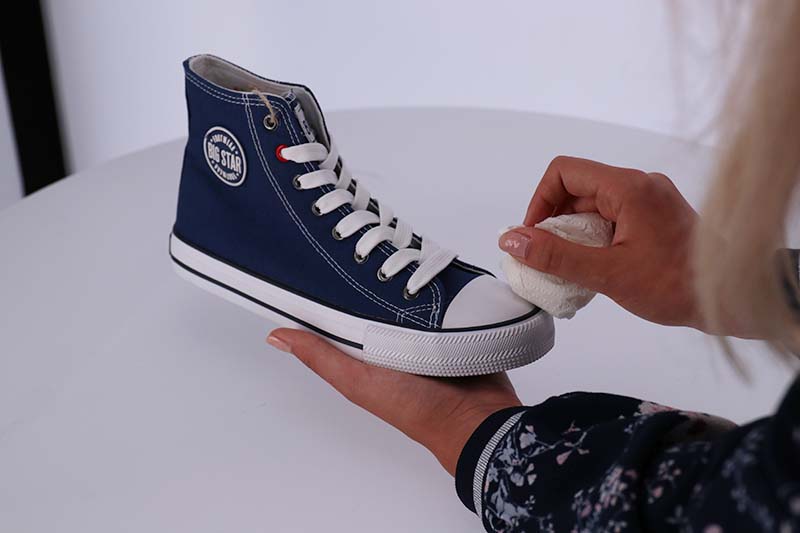
Lighting in shoe photography
The lighting you choose will be different for packshot and lookbook photography. Knowing the purpose and the final placement of a shot will define the light parameters you choose.
For packshot photography, we have four tips that will make light a little less of secret knowledge.
- The light should be even and equally distributed in order not to dim any fragments of the shoe and avoid deep shadows. Set the lights both in the front and the back of the shoe, so that your shoe-heel is also well-lighted!
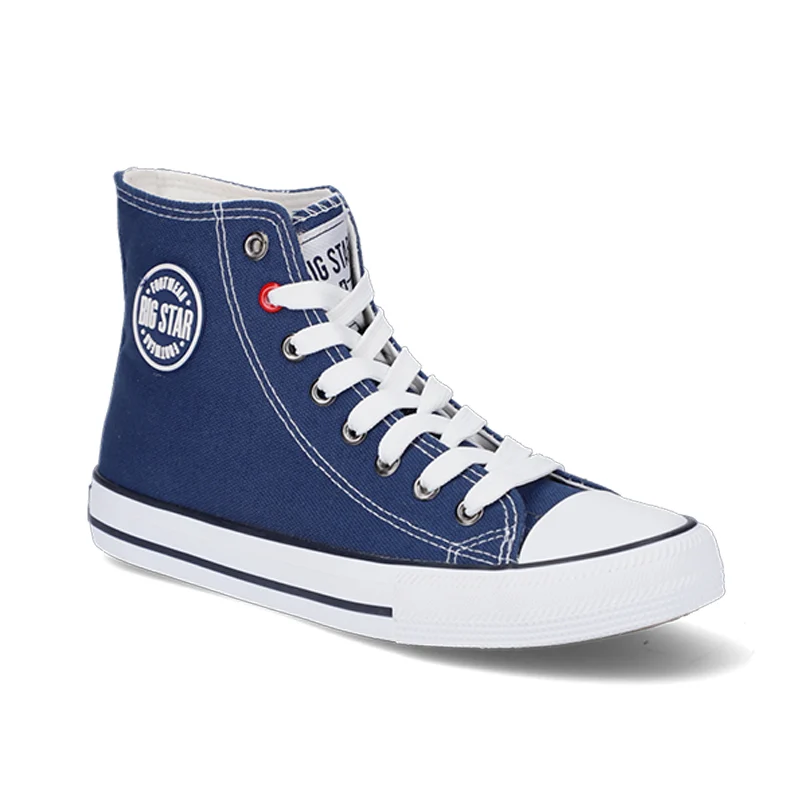
- The light should be able to render the color of the product truthfully. Think of keeping the color temperature of the natural light, around 5500K, and the CRI above 95.
- The light should expose the texture of the product, so that the customer receives the “near-touch” experience. Use double side light and angles in the range between 35 and 55 degrees for the best effect.
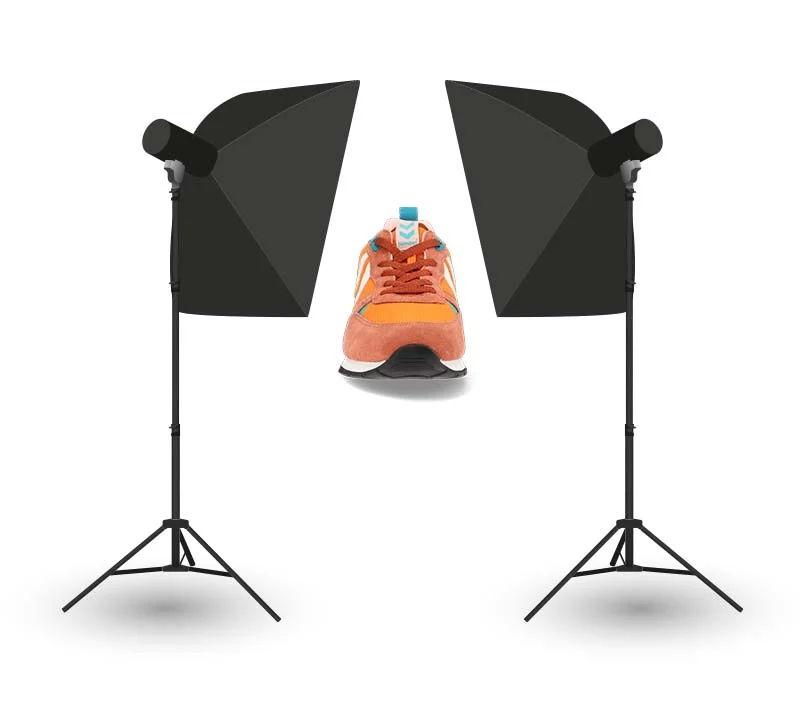
- Avoid lighting the product en face, that is at a right angle. This will make it seem flat and the shot will lose the whole “touch-and-feel”.
Camera parameters
Before looking to the camera settings needed for a good footwear shot, you will decide which angles to choose. This means a decision about the focal length and camera placement needs to be taken.
The optimum of the camera angle will usually be somewhere between a very high and a very low position. Once you choose it, take care to repeat the same angle in all the shots. Below, we present the possible outcomes of different camera angle decisions.
The optimal focal length will stay in the region of 50 mm, which will allow you to avoid strong distortion and minimize the lens limitations. We write more about camera settings for product photography in an exhaustive article. For now, let’s see what particularly relates to shoe photography.
Shoe photography camera settings
It is worth noting that different aperture values will have an effect on the focus and the depth of field of your photo. For shoes, the usual lower border on aperture value of f/11 will beneficially be raised to f/14, while the upper limit stays f/16.
To keep the whole shoe within focus, you will not need to use a higher aperture forcing longer shutter/ISO speed or more light. Most probably the focus stacking technique, which we covered in the article on jewelry photography, will also turn out unnecessary. That is because footwear usually is an item large enough to stay in focus at larger distances between the lens and the object.
The ISO speed should stay as low as possible, keeping the value of ISO100 as the golden standard and setting the shutter speed accordingly.

A tripod is recommended for shot repeatability and to allow the use of longer exposure times (like 1/50 or 1/30 s) with no risk of blurring the photo.

PRO-TIP:
You have set up the light sources to maximum strength in your studio and the shoe photos still have dark areas? Confused? It might be worth trying to lower the power of lights and make use of the tripod to decrease the shutter speed. You should feel free to manipulate the camera settings within a reasonable, non-extreme level.
Background removal
A topic rarely touched on in shoe photography tutorials is how to take photos of shoes with a white background. Background removal can be a quick path to successful packshot creation. We wrote more on the rationale of cutting the background in our dedicated article and we also provide a basic tutorial for Photoshop tools that might help you with this task.
Here, we want to stress that product photography with no background removal poses risks as to:
- Equipment needs. For good white background shoe photography, you will need the right equipment solutions. Plexiglass tables, tents of white cloth, lightboxes. And in case you want to diversify the background – a set of colored and textured backdrops. This is all a costly, yet not perfect addition to the <!--/*--><![CDATA[/* ><!--*/ <!--td {border: 1px solid #cccccc;}br {mso-data-placement:same-cell;}--> /*--><!]]>*/ footwear product photography requirements.
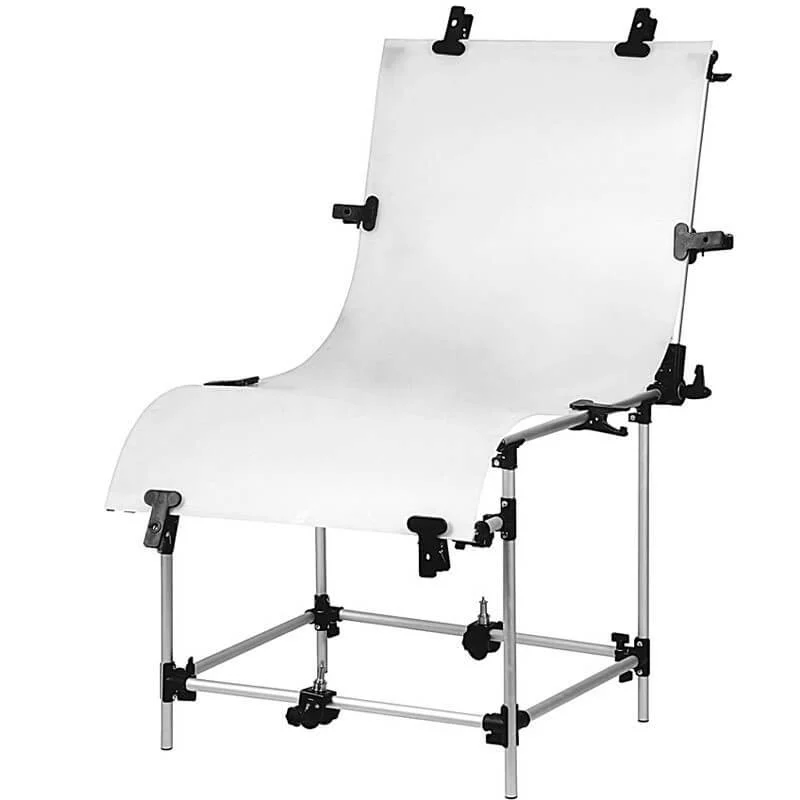
- Contrast loss. Manipulating the lighting in the session and contrast settings in post-production can lead to overburnt areas on glossy shoes. Also a loss of sharp edges can happen in the final photograph. In all cases, the background cut solves the issue.
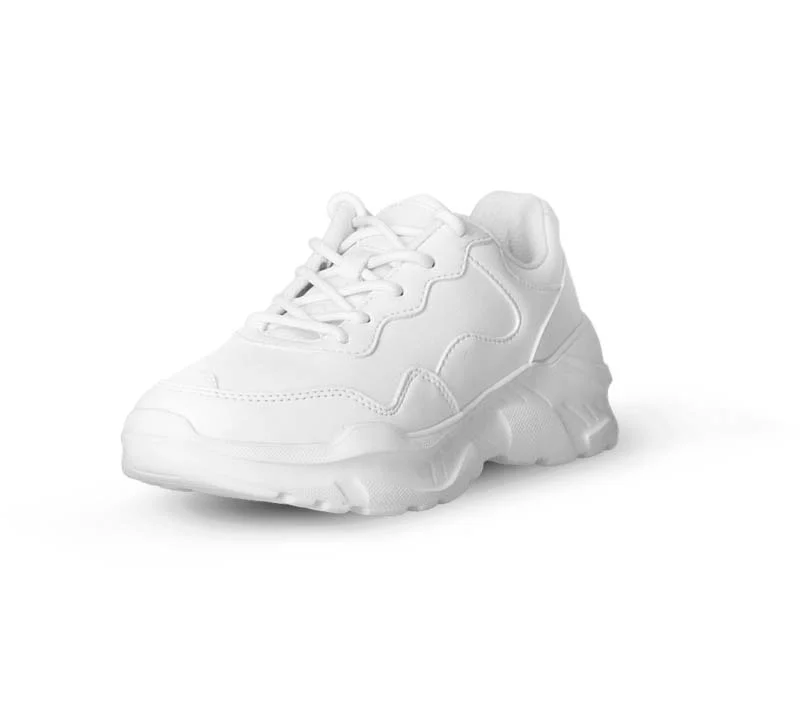
- Background uniformity control. It will be difficult to create an ideal RGB(255,255,255) background. Lens vignetting, unwanted item shadows, and overburnt areas are all risks you will face. If you cut the background from the final picture, you can easily replace it with any color you choose. And gain a huge chance for repeatability when the products in focus change. Handy?
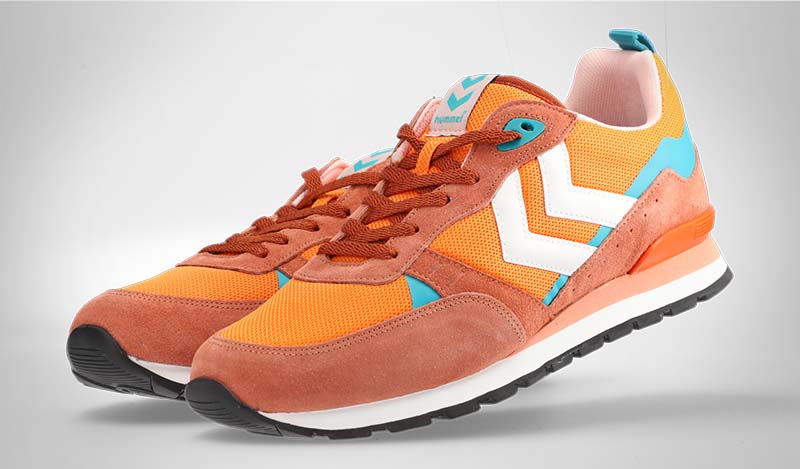
- Lighting focus: on the background or the product? When setting up the lighting for a shoe scene with no background cutting in mind, you will have to decide where to put the lighting focus: on the product or on the background. It will not be possible to reach perfection in both areas at once, leading to either a badly lighted product or a non-perfect white background. Again, a simple cutting of the product might remove the issue and keep the focus of the light on the item.
Having these limitations in mind, you might want to refer to your own use of editing software, outsourced background removal services, or automation to have your packshots crisp and with a customizable background. Read more in our guide on how to achieve white background.

No background removal, overexposed product

Background removed, correct exposure
Summary
Shoe photography shares all the tricky requirements with other branches of product photography, perhaps adding the need for a spark of dynamism in its lookbook version. Who would want to wear (and identify with!) worn and static shoes after all?
When setting off to photograph a pair of shoes in a way that makes them look their best, you will have repeatability, lighting, and camera settings in mind. Some attention will have to be given to editing and post-production.
Online buyers will appreciate galleries full of similarly set up shots, while Instagram followers will look for inventiveness, dynamic experience, and lifestyle options. The best way to learn lookbook and packshot shoe photography is to follow the greats and build your own experience.
Automation might be the way to increase the throughput of your footwear photography and perhaps even speed up the learning process. We are there along the whole way to answer your questions. Feel free to contact us for knowledge and technology.
Walk speedily and take perfect shoe photos!
Contact us
Contact us
Got questions? We'd love to hear from you. Send us a message and we will respond as soon as possible.
Articles you may also like
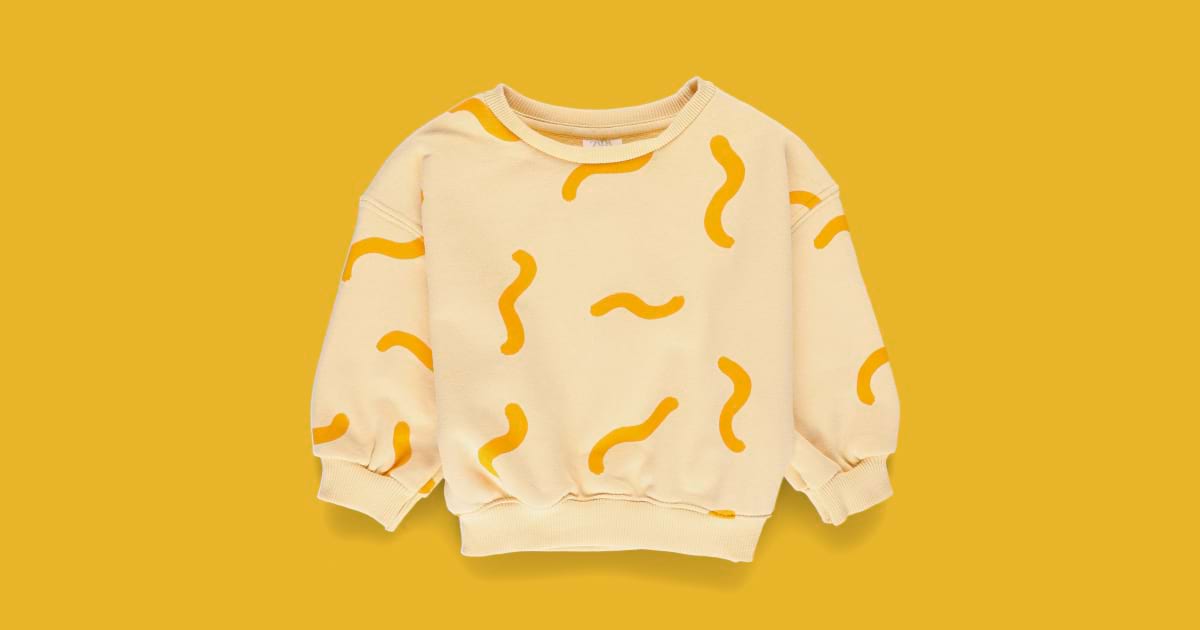
When building your clothes business on the Internet, you will face questions about product photography right from the beginni...
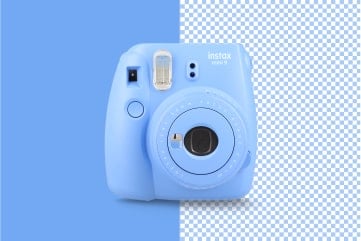
This one trick has proven an extremely useful solution for product and portrait photography. It has recently been automated b...

Managing a photo studio comes as an additional yet indispensable task for photographers who choose independence in their line...







